2022
Exploring the origin of complex life
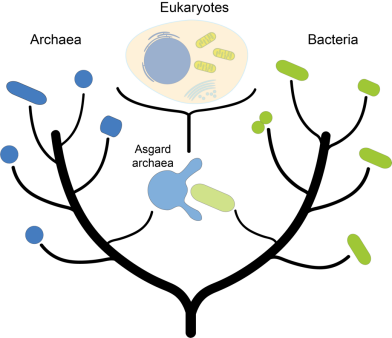
How did complex organisms on Earth evolve? A collaboration between the research groups of Martin Pilhofer at ETH Zürich and Christa Schleper (University of Vienna) have now come one step closer to answering this question. The researchers succeeded in cultivating a special archaeon and characterized it using microscopic methods. This representative of the Asgard archaea exhibits unique cellular features and could be an evolutionary "missing link" towards the more complex life forms.
Base editing as a potential cure for Fanconi anemia
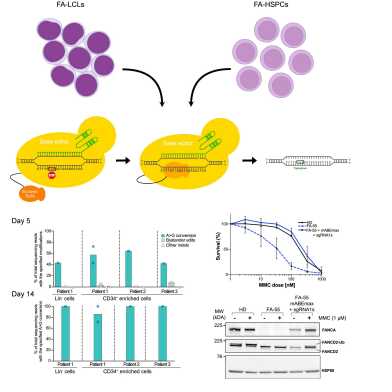
A recent collaborative effort of the Corn Group (IMHS) and Paula Rio’s lab (CIEMAT, Madrid) has been published in "Nature Communications". The authors found that base editing strategy can be used for efficient restoration of function in bone marrow stem cells from Fanconi Anemia patients.
Clonal composition and persistence of antigen-specific T follicular helper cells
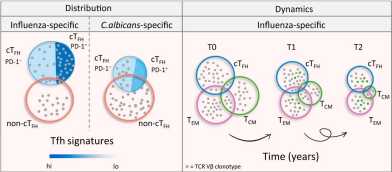
The Sallusto group (ETH IMB and IRB Bellinzona) published a paper in the European Journal of Immunology providing insights on the relationship of human T follicular helper cells in blood (cTfh cells) with other circulating T helper subsets and on the heterogeneity and persistence of antigen-specific cTfh cells.
Environmental genome reconstruction greatly improves microbial taxon profiling tool mOTUs
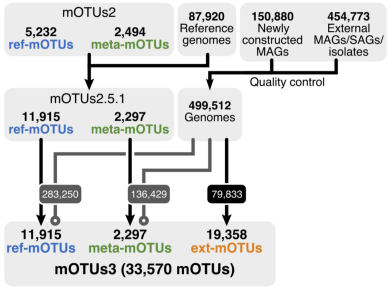
A collaborative effort, published in Microbiome, between the Sunagawa lab and the Zeller team (EMBL, Heidelberg) resulted in mOTUs3: a taxonomic profiling tool to detect and quantify more than 33,500 prokaryotic species, most of which represent uncultivated microbes from >20 different environments.
Shedding light on Arabidopsis seed lipid metabolism
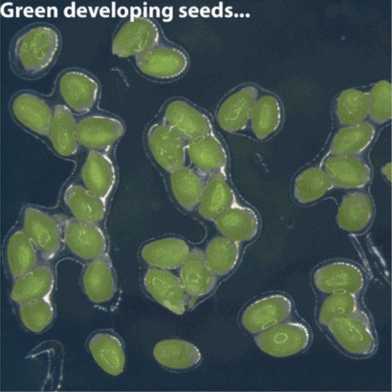
In a recent The Plant Cell publication of the Zeeman lab (IMPB), Deslandes-Hérold and colleagues study the influence of a light-dependent biochemical pathway on seed oil accumulation using the Arabidopsis thaliana model system. They find a larger-than-anticipated effect of this pathway on the amount of oil accumulated and provide new insight into the metabolic partitioning of resources between seed storage compounds.